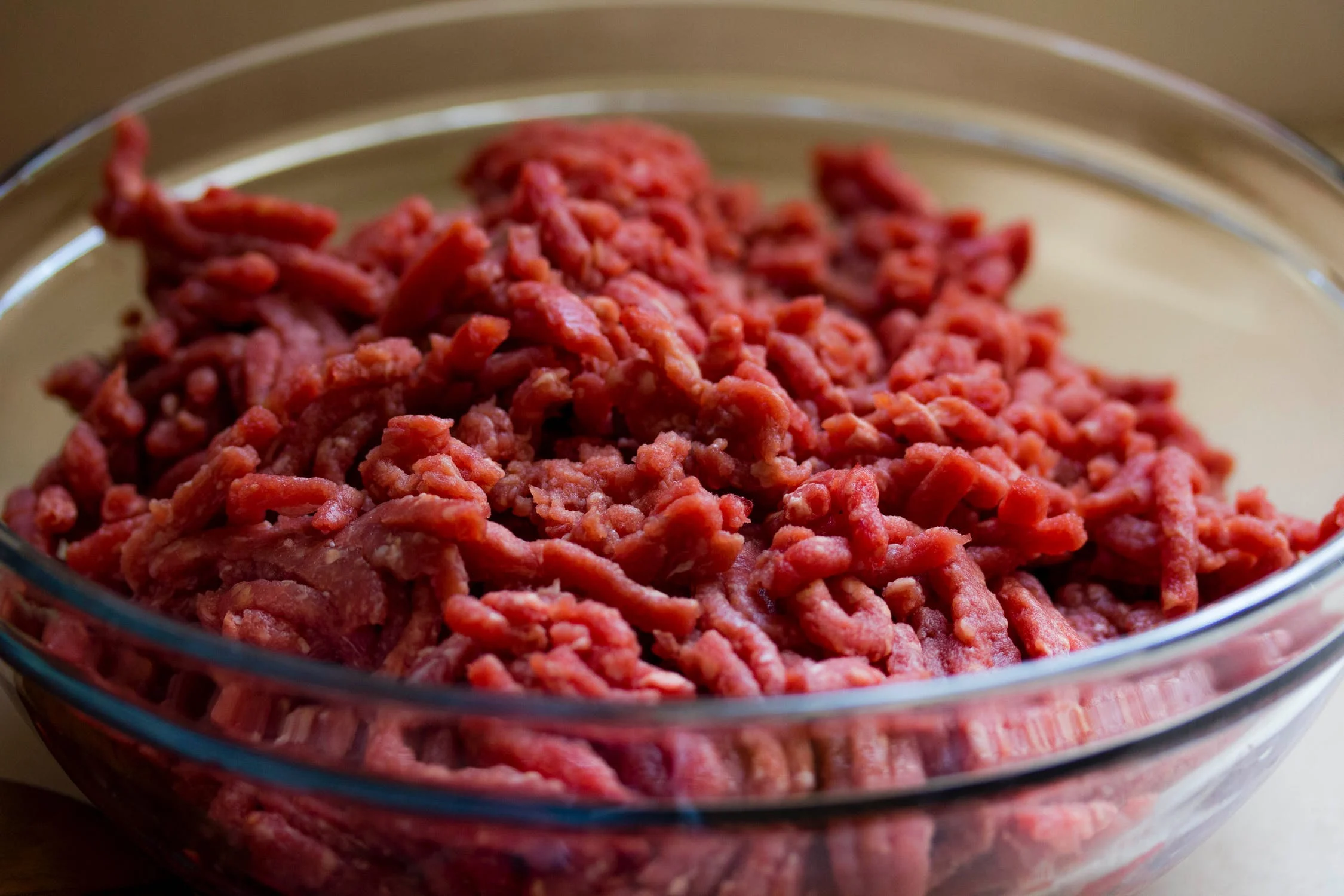In a report by Consumer Reports, they tested 351 packages of ground beef and found “dangerous bacteria” in a good portion of them.
Lately, it seems like we’ve been hearing about a food recall every week, even multiple food recalls. Whether it’s strawberries, ground beef, romaine lettuce… recall alerts are on high.
Why so many recalls and is this normal? “Almost a third of the ground chicken packages we tested contained salmonella,” the Consumer Reports article says. They also found a strain of E. Coli.
Currently, on the USDA website, there are dozens of recalls listed over the past few months including:
- Creminelli Fine Meats, a Salt Lake City, Utah establishment, is recalling approximately 4,207 pounds of ready-to-eat (RTE) parmesan salami sticks due to misbranding and an undeclared allergen, the U.S. Department of Agriculture’s Food Safety and Inspection Service (FSIS) announced today. The product contains egg lysozyme, an egg white protein and known allergen, which is not declared on the product label.
- Yumei Foods USA, Inc., a City of Industry, Calif. establishment, is recalling approximately 9,370 pounds of imported Siluriformes (Catfish) products.
- Northern Tier Bakery, LLC, a St. Paul Park, Minn. establishment, is recalling approximately 905 pounds of ready-to-eat (RTE) salad products that may be adulterated with Listeria monocytogenes.
- The U.S. Department of Agriculture’s Food Safety and Inspection Service (FSIS) is issuing a public health alert for ready-to-eat (RTE) salad products containing Food and Drug Administration (FDA) regulated peanut butter that has been recalled by J.M. Smucker Company due to potential Salmonella contamination.
With regular recalls, how can you make sure that you’re safe? For meat, USDA recommends:
What’s the best way to handle raw ground beef when shopping?
At the store, choose a package that feels cold and is not torn. If possible, place the package in a plastic bag so leaking juices won’t drip on other foods. Make ground beef one of the last items to go into your shopping cart. Separate raw meat from ready-cooked items in your cart. Have the clerk place the raw ground beef in a separate bag.
Plan to drive directly home from the grocery store. You may want to bring a cooler with ice for perishables.
How should raw ground beef be stored at home?
Refrigerate or freeze ground beef as soon as possible after purchase. This preserves freshness and slows the growth of bacteria. It can be refrigerated or frozen in its original packaging if the meat will be used soon.
If refrigerated, keep at 40 °F (4.4 °C) or below and use within 1 or 2 days.
For longer freezer storage, wrap in heavy duty plastic wrap, aluminum foil, freezer paper, or plastic bags made for freezing. Ground beef is safe indefinitely if kept frozen, but will lose quality over time. It is best if used within 4 months. Mark your packages with the date they were placed in the freezer so you can keep track of storage times.
What is the best way to thaw ground beef?
The best way to safely thaw ground beef is in the refrigerator. Keeping meat cold while it is defrosting is essential to prevent the growth of bacteria. Cook or refreeze within 1 or 2 days.
To defrost ground beef more rapidly, you can defrost in the microwave oven or in cold water. If using the microwave, cook the ground beef immediately because some areas may begin to cook during the defrosting. To defrost in cold water, put the meat in a watertight plastic bag and submerge. Change the water every 30 minutes. Cook immediately. Do not refreeze raw ground meat thawed in cold water or in the microwave oven unless you cook it first.
Never leave ground beef or any perishable food out at room temperature for more than 2 hours (1 hour at 90 °F and above).
Is it dangerous to eat raw or undercooked ground beef?
Yes. Raw and undercooked meat may contain harmful bacteria. USDA recommends not eating or tasting raw or undercooked ground beef. To be sure all bacteria are destroyed, cook meat loaf, meatballs, and hamburgers to a safe minimum internal temperature of 160 °F (71.1 °C). Use a food thermometer to check that they have reached a safe internal temperature.

Make sure that you:
Wash your hands
- before and after handling food
- after using the bathroom
- after changing a diaper
- after handling pets
- after tending to a sick person
- after blowing your nose, coughing, or sneezing
- after handling uncooked eggs or raw meat, poultry, or fish and their juices
More food safety tips at: https://www.fsis.usda.gov/food-safety













